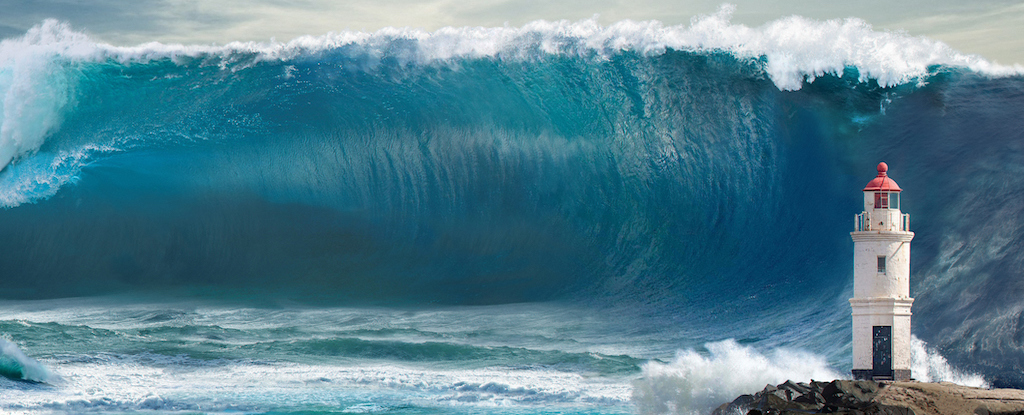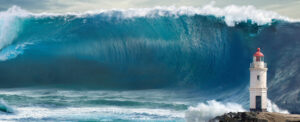
Rogue waves, once considered a nautical myth, have been the subject of fascination for both mariners and scientists. A recent study published in Nature Scientific Reports reveals new insights into these massive oceanic phenomena, which can reach heights of over 65 feet (20 meters) and pose significant dangers to ships and offshore structures. The research team, led by Francesco Fedele, an Associate Professor at the Georgia Institute of Technology, analyzed data spanning 18 years from the Ekofisk oil platform in the central North Sea.
The study examined nearly 27,500 half-hour wave records collected between 2003 and 2020. These records documented various sea states, including notable storm events like the Andrea wave in 2007. The researchers aimed to unravel the mechanisms behind the sudden emergence of rogue waves, challenging the previously accepted theory of modulational instability, which describes how waves can amplify under certain conditions.
Through rigorous analysis, the team discovered that rogue waves result from a process known as constructive interference. This occurs when multiple smaller waves align and combine, creating a single, larger wave. The researchers found that the natural asymmetry of sea waves—where crests are sharper and steeper than troughs—amplifies this effect. This means that a seemingly calm sea can turn hazardous when ordinary waves converge and stack upon one another.
Understanding the dynamics of rogue waves is crucial for improving maritime safety. The study indicates that these waves follow a quasi-deterministic pattern, which is recognizable yet interspersed with randomness. This pattern allows for the possibility of predicting rogue wave occurrences, although nature imposes limitations on their maximum height due to wave breaking. As the energy increases, a rogue wave eventually spills over, preventing it from reaching infinite heights.
The implications of this research extend beyond theoretical curiosity. By applying the findings to real-world scenarios, engineers can design safer vessels and offshore structures. For example, during a storm on November 24, 2023, a rogue wave measuring 55 feet (17 meters) was recorded at the Ekofisk platform. By analyzing this event using the principles of quasi-determinism and constructive interference, the researchers were able to trace the wave’s origins back to the interaction of smaller waves.
This groundbreaking study reshapes our understanding of rogue waves and provides a clearer framework for predicting their occurrence. It underscores the importance of using comprehensive, real-world data to inform our theories about ocean phenomena, thereby enhancing safety measures for those navigating these unpredictable waters.







